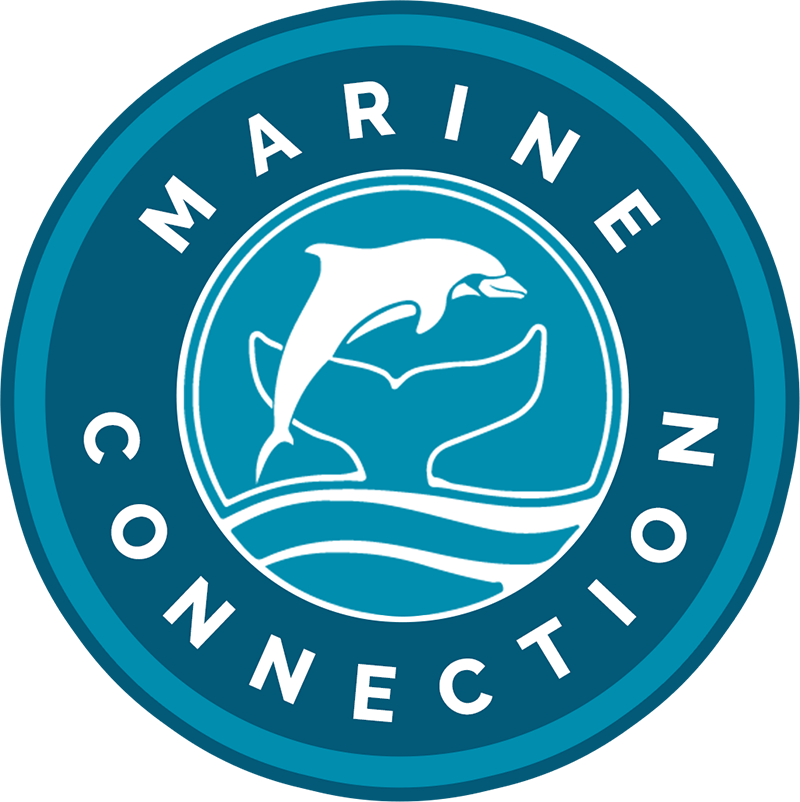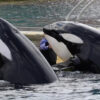 A recovery plan for the Northern and Southern Resident killer whale population has been set out online by the Department of Fisheries and Oceans, Canada with a 60-day public comment period. The document makes 94 recommendations to help the two distinct whale populations – strategic fishery closures and marine habitat protection are part of the proposed plan, developed between 2011 and 2014. The whales are considered at risk because of their small population, low reproductive rate and numerous human-caused threats that could prevent recovery or cause further declines, says the report. Just 77 southern whales were counted in 2014 – 280 of the Northern killer whales population.
A recovery plan for the Northern and Southern Resident killer whale population has been set out online by the Department of Fisheries and Oceans, Canada with a 60-day public comment period. The document makes 94 recommendations to help the two distinct whale populations – strategic fishery closures and marine habitat protection are part of the proposed plan, developed between 2011 and 2014. The whales are considered at risk because of their small population, low reproductive rate and numerous human-caused threats that could prevent recovery or cause further declines, says the report. Just 77 southern whales were counted in 2014 – 280 of the Northern killer whales population.
The proposed recovery plan recommends the Department of Fisheries undertake several measures that would ensure the whales have a large enough food supply to promote recovery. Chinook and chum salmon appear to be the whales’ main prey during the summer and autumn, but little is known about their diet during the other seasons. It also recommends the department investigate implementing “protected areas and fishery closures as tools to protect important foraging and beach-rubbing locations.” The Robson Bight Ecological Reserve is a well-known spot where the whales rub their bodies on the rocky shore, but such behaviour has been recorded at several other beaches on Vancouver Island.
source: Canadian Press



